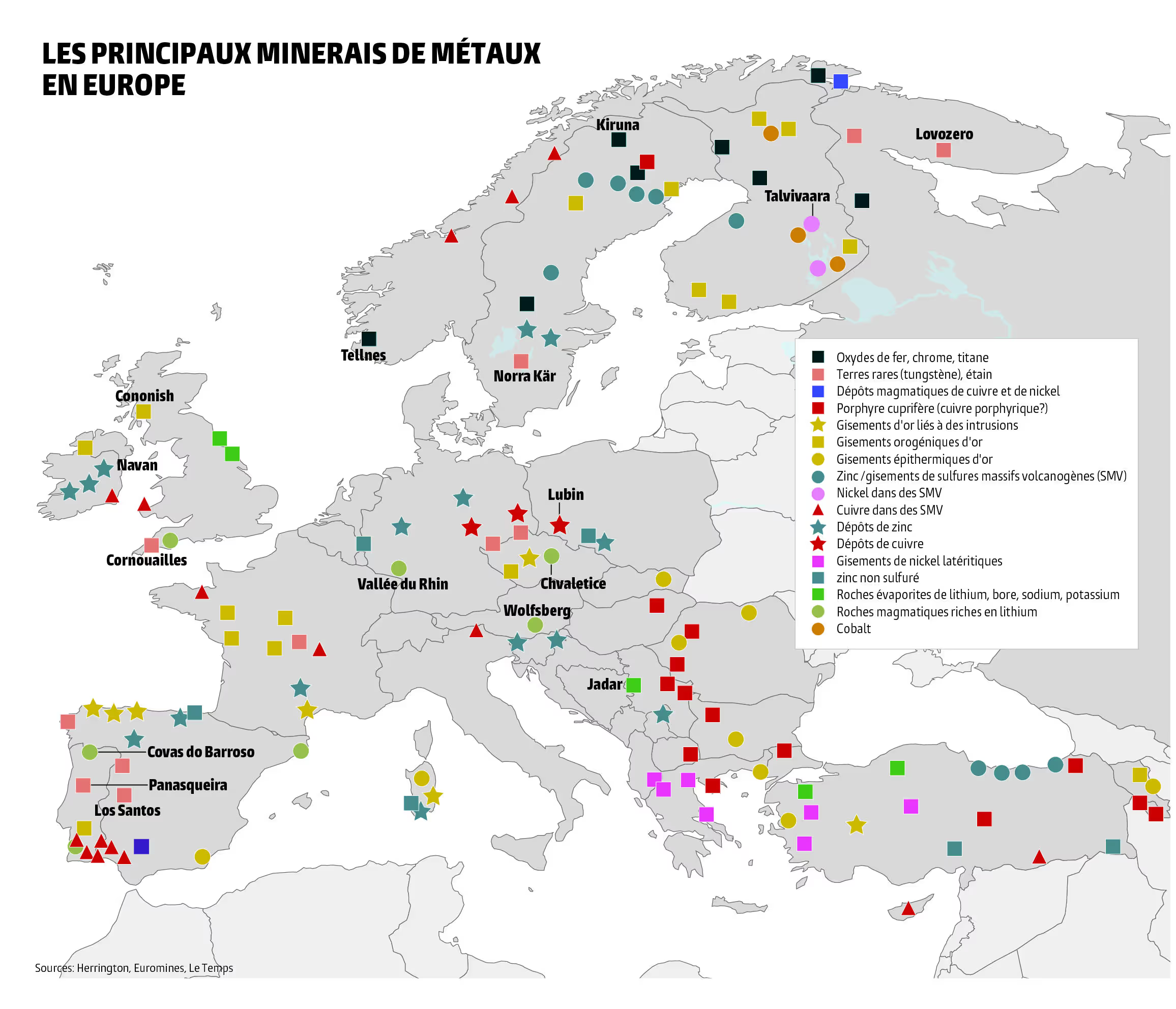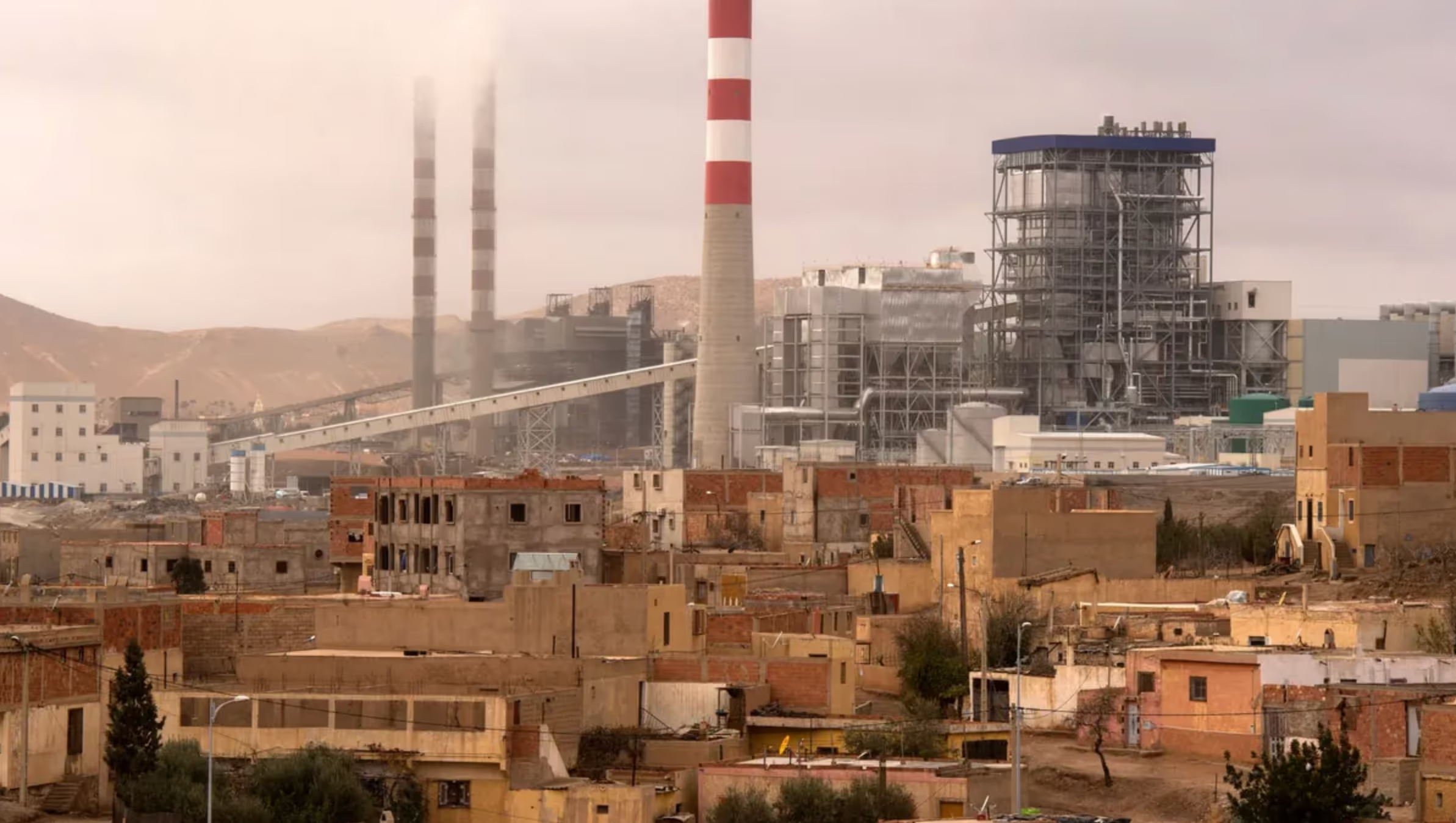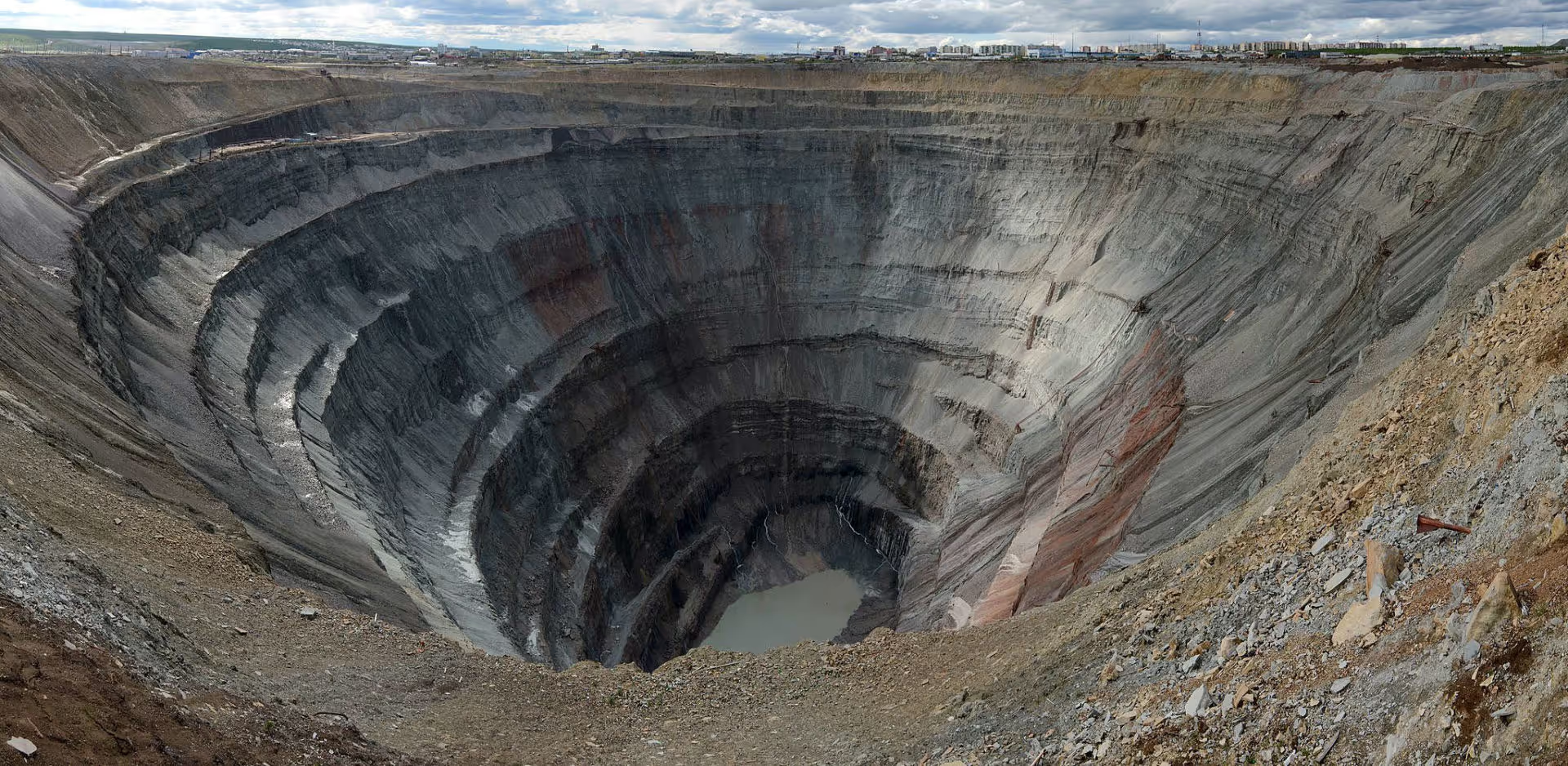“We cannot materially — and even less sustainably — provide 7.5 billion people with the same level of consumption as a French smicard[1].”
— Jean-Marc Jancovici
Although we absolutely do not share the eco-technocracy project promoted by the Polytechnic engineer Jean-Marc Jancovici, it would be difficult for any reasonable person to contradict the diagnosis made here. A Malthusian would conclude with an inept “there are too many of us on Earth”, a very convenient statement to avoid questioning modern comforts based on the techno-industrial system ravaging the biosphere.
To go further on this concept of comfort, we have reproduced below an excerpt from Homo comfort: the price to pay for a life without effort or constraints (2022), work written by the anthropologist Stefano Boni. According to him, there are three types of social distribution of comfort: a society that is not very hierarchical, rather rural and has a low technological level, with limited but fairly distributed comfort; a hierarchical society with a low technological level, with comfort reserved for a tiny minority of the population that offloads the tasks related to subsistence on the lower classes; and a hierarchical, industrialized and urban society, where all the burden of effort falls on the geographically remote populations and the machines, the all at a completely crazy environmental and social cost.
Last clarification before letting you continue reading. Stefano Boni uses the terms “hypotechnology” to refer to craftsmanship and “hypertechnology” to refer to industrial technologies.
The social distribution of comfort (by Stefano Boni)
Technological progress has long been gradual and reversible. Scientific advances — the accumulation of instruments and knowledge that make comfort possible — have experienced long periods of stagnation and, in some cultural circles, phases of undeniable regression, with the disappearance or rarefaction of techniques formerly in use. This was not a triumphal march, but an aspiration that came to fruition slowly and painstakingly, before being strengthened considerably in recent decades, especially in certain regions of the world.
Essentially, there are three forms of social distribution of comfort. In the first, it is rare but is distributed fairly. In the second, only a few individuals are freed from toil: leading a comfortable, sometimes even idle life, is reserved for a small part of the population that delegates efforts and the management of impurities to others. In the third, comfort is guaranteed to a large number of people but only in certain regions of the planet; it is then on the machines and on the more distant populations that all the burden of effort weighs.
The first model is characteristic of hypotechnological environments made up of groups of gatherers, fishermen, shepherds and hunters where an egalitarian ethic prevails. This form of humanity was and is, for the few surviving groups, integrated into the ecological processes with which it interacts: “Individuals are an integral part of the natural order, just like any other organism[2].” Eating involves knowing how to recognize tubers, fruits, roots and herbs, as well as assimilating the habits of different animal species. In doing so, individuals develop a familiarity with organic materials and a thorough knowledge of natural processes that are difficult to imagine in the current era. Care is based on the medicinal properties of plants, of which very many varieties are often known. The bunks, made from materials recovered nearby, only partially protect against outside conditions. The artifacts are in small quantities (leather or vegetable clothing, bows, worked stones, bows, stones, pipes, bags, canoes, weapons, hunting tools, instruments carrying weights, etc.) and come directly from the artisanal processing of surrounding resources. Several studies have shown that these companies do more than just hard work. A significant part of the day was dedicated to moments of inactivity and leisure, during which people played, danced, sang. Although this type of comfort offers few means of protection from the environment, it is nevertheless distributed fairly between all members of the group: everyone has their own set of tasks and work to do.
The second model is affirmed with the concentration of power and the establishment of a hierarchy in a society now divided into professions and strata. In this context, the unequal distribution of power makes it possible to vary the distribution of effort within the social body. Those who exert any influence use it to avoid tiring and unpleasant tasks, which they attribute to those who cannot afford to avoid them. Comfort thus becomes the expression of an elite privilege, reserved for those who embody a high social status because of their age, caste, gender, profession, or lineage. It is concentrated in protected and controlled areas, provided by the services that others provide: few can avoid the inconveniences of life by delegating them to other, lower-ranking individuals. Among them are political elites, elderly people, senior officials, officials, heads of families, specialists, aristocrats, charismatic religious figures. All are, in different forms and to varying degrees, exempt from the efforts necessary to ensure the survival of the community. They are dedicated to symbolic activities related to language, to ritual, to politics, to sociality. These are influential people who frequent places that the efforts of others have made comfortable. In India, the division of society into castes provides that contact with elements considered impure (excrement, animal carcasses, hair, blood) is reserved for the lower classes, in order to avoid the upper classes from having to carry out activities considered unpleasant and vectors of contamination. In some cases, avoiding physical effort even becomes an obligation for holders of particularly prestigious offices. Before the appearance of motorized vehicles on the territory of present-day Ghana, the village chief of the Akan people was transported in a sedan chair for the least of his trips. Even today, he does not exert any physical effort. When he walks, he is protected from the sun with a parasol, and when he sits, those who assist him ventilate him.
In hypotechnological environments, it is possible to delegate effort through financial transactions, unless this delegation is an integral part of the social order. In regions where social relationships are rarely accompanied by trade, relationships of personal dependency — between generations within family structures, between masters and apprentices in artisan shops, between spouses in marital relationships — are crucial for reproducing comfort privileges without recourse to money. Thus, in several rural areas in Asia, Africa and Latin America, preparing meals, cleaning, transporting water and firewood, and taking care of animals and newborns are still tasks assigned to the employees of the domestic or productive unit, in order to relieve the dominant ones. The presence of domestic assistants, within an institution or in the more emblematic form of staff working in the homes of the powerful, is only the expression of a more global privilege: the possibility of delegating effort without being constrained by wage dynamics. From this perspective, John Crowley believes that comfort, defined as “the feeling of conscious satisfaction in the relationship between the body and its immediate physical environment,” did not emerge as a “physical” and “personal” value until the end of the 18th century. But it seems to have existed and been researched long before that date, without having been conceptualized as a feasible collective desire.
With the improvement of technology and the assertion of wage modalities organizing inequalities, the attribution of comfort and effort depends on the distribution of income and capital, rent and salary. Fatigue at mechanized work refers to workers, clearly underlining the contrast between those who sweat and those who don't. In Europe at the beginning of the 20th century, the stigmatization of work is also very clearly associated with the olfactory element, as Georg Simmel recalls:
“The personal contact between educated people and workers, often recommended so strongly in the name of the social progress of our time, this approximation, recognized as an ethical ideal by cultivated people, of two worlds “where one does not know how the other lives”, stupidly fails in the impossibility of overcoming olfactory impressions. Of course, many members of the upper classes will impose considerable sacrifices on their personal comfort if the interests of social morality require it, will renounce many privileges and pleasures for the benefit of the disinherited, and if this is not yet happening to a greater degree, it is surely because the appropriate forms of doing so have not yet been found. But we would rather impose all these sacrifices and renouncements on ourselves a thousand times over rather than physical contact with the people bathed in the “honorable sweat of work”. The social question is not only a question of ethics, but also a matter of nose.”
The spectacular progress of hypertechnology in the 20th century made it possible to lighten the work of workers, by entrusting them with tasks that were less and less tiring. At the same time, they reduce to a minimum the quantity of labor required in factories, by relocating productive activities or by delegating to machines the tasks previously assigned to workers. At present, the social model where comfort is limited and competitive still exists, but it is mainly part of monetary logic in which it is possible to buy corveable labour. In countries where wages are so low that they do not justify mechanization, the privileged hire staff rather than invest in machines: comfort is obtained by paying waiters, delivery people, cooks, cooks, gardeners, gardeners, drivers, maintenance workers. An employer is, by definition, one who does not have to fatigue, who occupies a well-paid position of responsibility and who, most of the time, has executive status or performs intellectual work. In Latin American, African, and Asian urban environments, those who play an important political, social, or economic role delegate all physical effort to their servants. In other words, the axis on which the social body is distributed coincides with that of the distribution of comfort and toil.
In this respect, the evolution of rest arrangements constitutes, through the gradual affirmation of comfort, a decisive element from a symbolic and material point of view. The chair, for example, practically does not exist in societies where comfort is reduced. The body gets used to squatting in a relaxed position, an ability that is now rare in many modern societies. The absence of seats with backrests is confirmed in societies where comfort is partial and competitive: only the powerful have chairs. Sitting comfortably has only become a collective experience with the recent expansion of hypertechnology. Humanity has become accustomed to this new pleasant position that has been imposed on a daily basis. The same goes for the armchair, a central element in the organization of the 19th century bourgeois home, which exalts the new idea of a comfortable position while being the manifestation of additional comfort compared to simple chairs. Initially reserved for the head of the family, it perpetuates the link between comfort and hierarchical status. Subsequently, industrial society will offer a seat to everyone, with the distinction linked to status now playing on other privileges.
The third distribution model, on which our study focuses, takes the form of almost generalized comfort. Exceeding effort (and the resulting comfort of life) transcends traditional identity distinctions. Although it developed in the North Atlantic area over the last century, this model then spread and spread to other continents. Hypertechnological comfort is no longer achieved mainly by delegating thankless or tedious tasks to lower social categories, but by multiplying technical processes that reduce the part of human effort in the exploitation of the environment. This promise of generalized comfort now explains the rise and triumph ofHomo comfort.
In reality, even in the most privileged social environments, comfort is far from being generalized. Unpleasant, dirty or painful tasks remain in so-called “developed” societies. If they require specific skills, they become a source of income for specialized individuals. On the other hand, if they are trivial, they are then reserved for marginalized and underpaid social groups. Cheap workers are employed when the machines are not enough or are too expensive. They are often migrants, deprived of protection and prospects, to whom these painful and difficult tasks are entrusted: itinerant sales, cleaning of public places, assistance to the elderly and the disabled, agricultural work that cannot be mechanized for certain crops, agricultural work that cannot be mechanized for certain crops, cutting wood, monitoring herds, work in the building sector or on toxic industrial sites, prostitution.
At the other end of the social scale, we pass without hesitation from comfort to the most ostentatious luxury. The difference in status is reflected in an ease inaccessible to most people, grandiose and brilliant, perfect and total, based in particular on the acquisition of useless goods that are each more expensive than the last.
Stefano Boni







